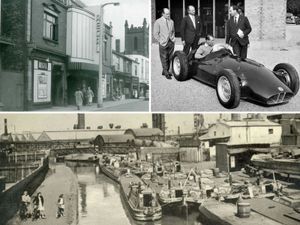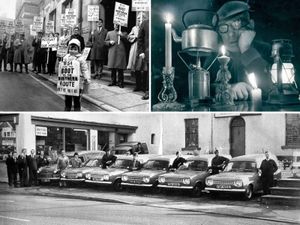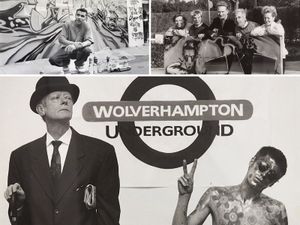From time travel to Buffalo Bill's jewellery, new book reveals obscure tales from the Black Country
What role did the Black Country play in the development of time travel? What makes the region the birthplace of modern computing? And how did a bloke from Tipton help turn Steve McQueen into a global superstar?
These questions are all answered in a new book about the history of the Black Country. As well as recalling the some of the great and well-known characters and events from the region, Andrew Homer's book also looks at some of the lesser-known tales and facts.
Mr Homer, a retired Dudley College lecturer and former secretary of the Black Country Society, is also author of the quiz book So You Think You Know the Black Country? which was published last year.
The Steve McQueen link comes through Harry Williams, a remarkable RAF bomber pilot from Tipton. Within three months of being awarded the Distinguished Flying Medal, his Halifax bomber was shot down over Holland on June 2, 1942, following a raid on Essen. True to form, he managed to crash-land his Halifax without any loss of crew, but ended up as a Prisoner of War at Stalag Luft III, where he helped mastermind the largest mass breakout of prisoners during the Second World War, an incident which later inspired the Steve McQueen movie The Great Escape. He died in 1984 aged 64, and the RAF scattered his ashes over the sea as a special tribute.
The time-travel reference relates to the chassis of the DeLorean DMC-12 car, which was made in Bilston. The Belfast-built DeLorean was a commercial disaster, which also cost the British taxpayer £100 million in financial support, but it would later find fame as the time machine in Back To The Future.
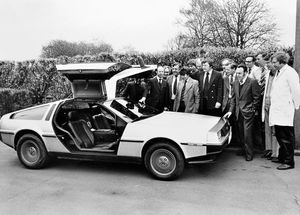
Mr Homer observes: "It was said of Joseph Sankey & Sons, 'If it was made out of metal, they made it.' Even so, who would have thought they helped build a time machine in Bilston." That said, as a town firmly rooted in its industrial past, perhaps it is appropriate that Bilston helped take people back in time.
While he never enjoyed the profile of Charles Babbage, Alan Turing or even Steve Jobs, Mr Homer argues that Dudley-born Sir Maurice Wilkes can be considered "the father of modern computing".
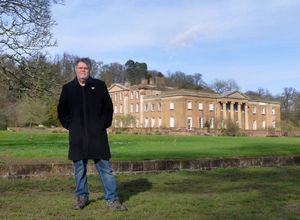
Born in 1913, the son of an accounts clerk on the Earl of Dudley's estate, Wilkes was involved on important work on radar during the Second World War.
In 1949, he developed the world's first practical multi-purpose computer that could use stored programmes. The Electronic Delay Storage Automatic Calculator, or Edsac, differed from previous computers which were designed either for a specific task, or were experimental.
"May 6, 1949, when Edsac ran its first simple programme, was the day modern computing was born," says Mr Homer.
In 1951, together with two colleagues, Wilkes published the first book dedicated to computer programming.
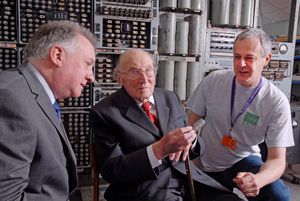
"The term 'software' would not be coined until some years later," says Mr Homer. "By the time Prof Maurice Wilkes was knighted for his many important contributions to computing in the year 2000, his ideas had developed from a specialist tool for academics to home computers and a widespread concern about the Millennium Bug."
The book also looks at the lives of some of the better known characters to emerge from the Black Country, such as the film star Madeleine Carroll, movie director James Whale, and postal pioneer Rowland Hill, it is the more obscure stories and personalities that are the book's real raison d'etre. For example, how many people knew that 100 years before Port Sunlight at Merseyside, Tipton was the heart of the British soap industry?
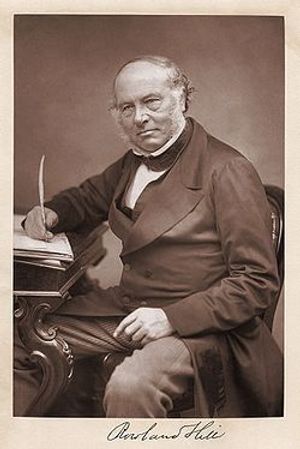
Indeed, the town's Factory Road is not a reference to the pork scratching works that stands there today, but to James Keir's 20-acre soap factory – and used to be called Soap Factory Road. Keir was buried at All Saints' Church in West Bromwich – and like Richard III, his remains are thought to lie beneath a car park.
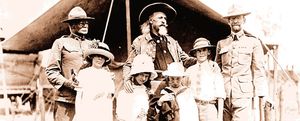
Col William "Buffalo Bill" Cody's Wild West tours of Dudley, Wolverhampton, Wollaston and Walsall were well publicised during 1903 and 1904, and those who attended them would have witnessed a spectacular display featuring more than 800 performers and 500 horses. What is less known is that during his Dudley show, Cody's jewellery was stolen while he was performing. The thief turned out not to be a local miscreant, but Cody's own valet, who had posted the valuables to his sister in London. The sister turned her brother in to the police, and a court in Dudley sentenced the valet to six months hard labour.
Mr Homer looks at the legend that Charlie Chaplin was born in a caravan in Smethwick, but concludes that in the absence of a birth certificate it is impossible to truly know where the comic was born.
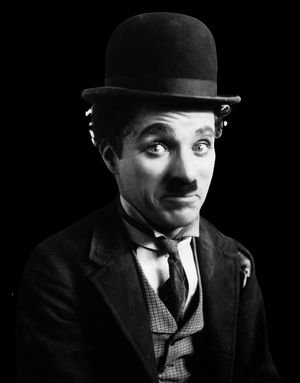
The 2019 movie The Aeronauts told the story of pioneering aviators James Glaisher and Amelia Wren, who supposedly set the world altitude record in 1862, taking a hot air balloon seven miles into the skies over London. Unfortunately, the story is largely, well, hot air. While Eddie Redmayne's portrayal of Glaisher is largely based on fact, Amelia Wren is very much a figment of Hollywood's imagination, the real hero of the day being Henry Coxwell. More pertinently, the flight did not take place in London, but at the Stafford Road gas works in Wolverhampton.
Rising through the clouds at 6,000ft, Glaisher attempted to take what may have been the world's first aerial photograph from above the clouds, but the scientist noted that the balloon was "rising with too great rapidity and revolving too quickly to enable me to succeed".
"Glaisher and Coxwell were woefully ill equipped for the extremes of cold and lack of oxygen at high altitude," says Homer.
"Glaisher made his last altitude measurement at just over 29,000ft – 5.5 miles – above the earth before passing out."
Coxwell realised he would have to pull the gas release valve if they were not to be killed, but his hands were frozen and black through lack of oxygen.
"Having struggled up into the rigging, he didn't have the strength in his fingers to pull the release cord," says Homer.
"The situation was only saved when Coxwell had the presence of mind to pull the cord two or three times with his teeth."
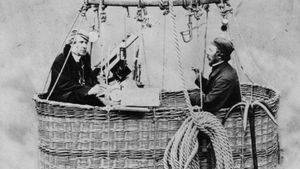
As the balloon descended, Glaisher regained consciousness and they eventually landed safely at Cold Weston, seven miles from Ludlow.
Glaisher estimated that the balloon reached a height of 37,000ft, or seven miles – about 1,000ft higher than the typical modern jet airliner.
Homer also ponders whether Walsall FC, known to fans as the Saddlers, should really be known as the Loriners.
He points out that while Walsall is famous as home of the leather and saddle-making industry, this was a relatively recent development, the leather trade not really flourishing until the start of the 19th century. Loriners, who forged the bits, buckles, spurs stirrups and other metal components for saddles and harnesses for horses, had been trading in Walsall since the Middle Ages, attracted to the area for its rich mineral resources.
"With loriners well established in the Walsall area, it made sense for leather workers to follow suit."


